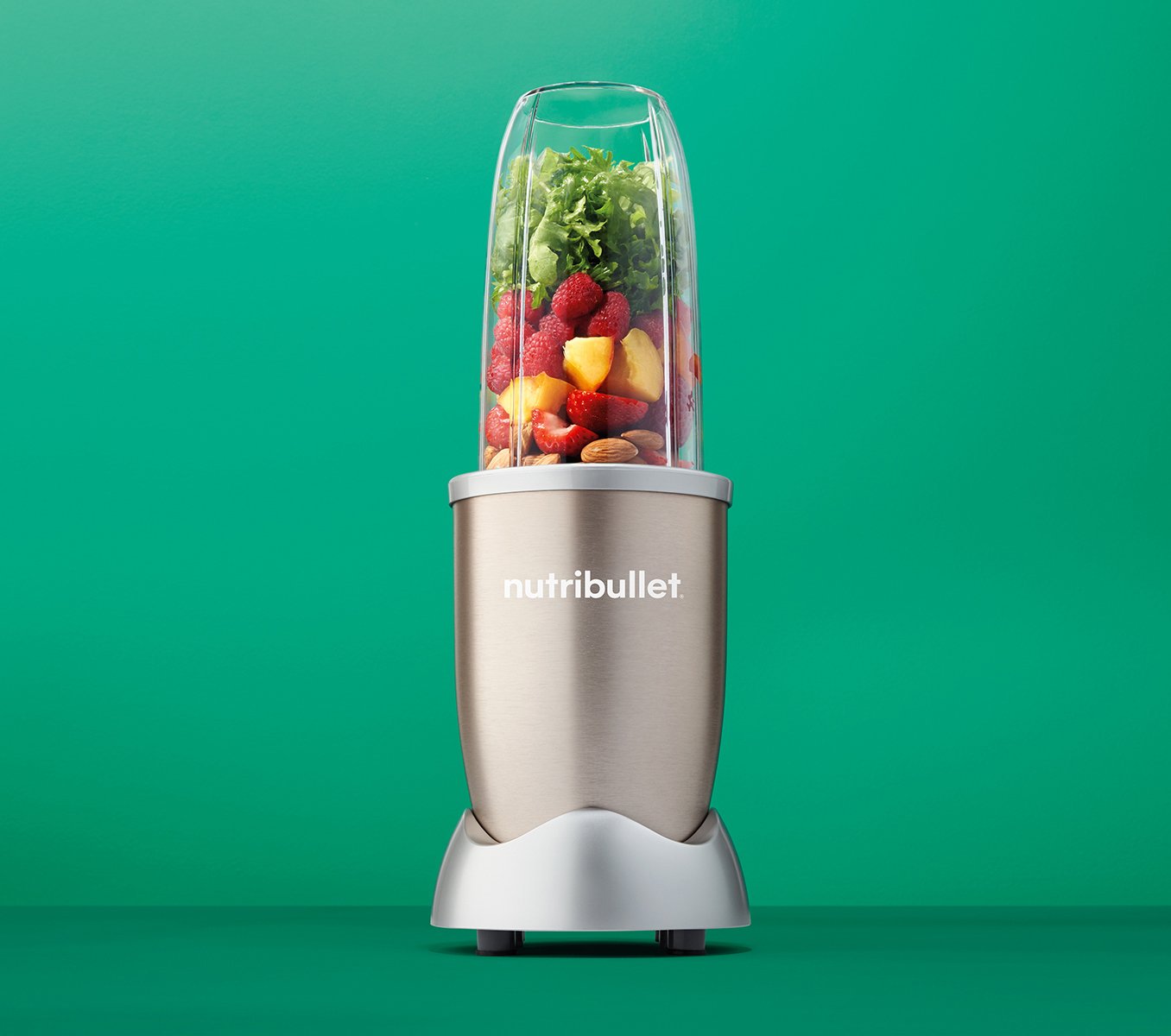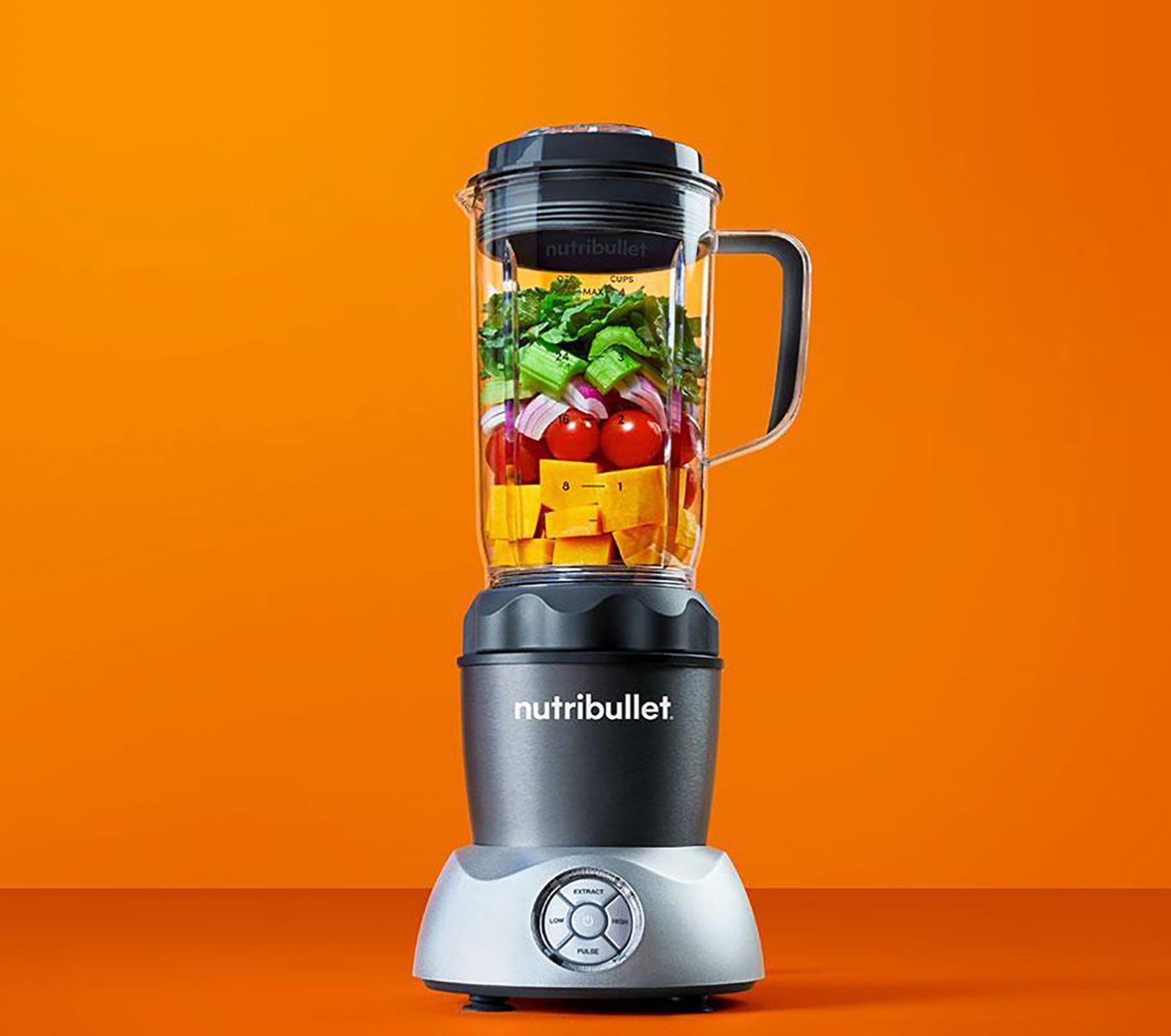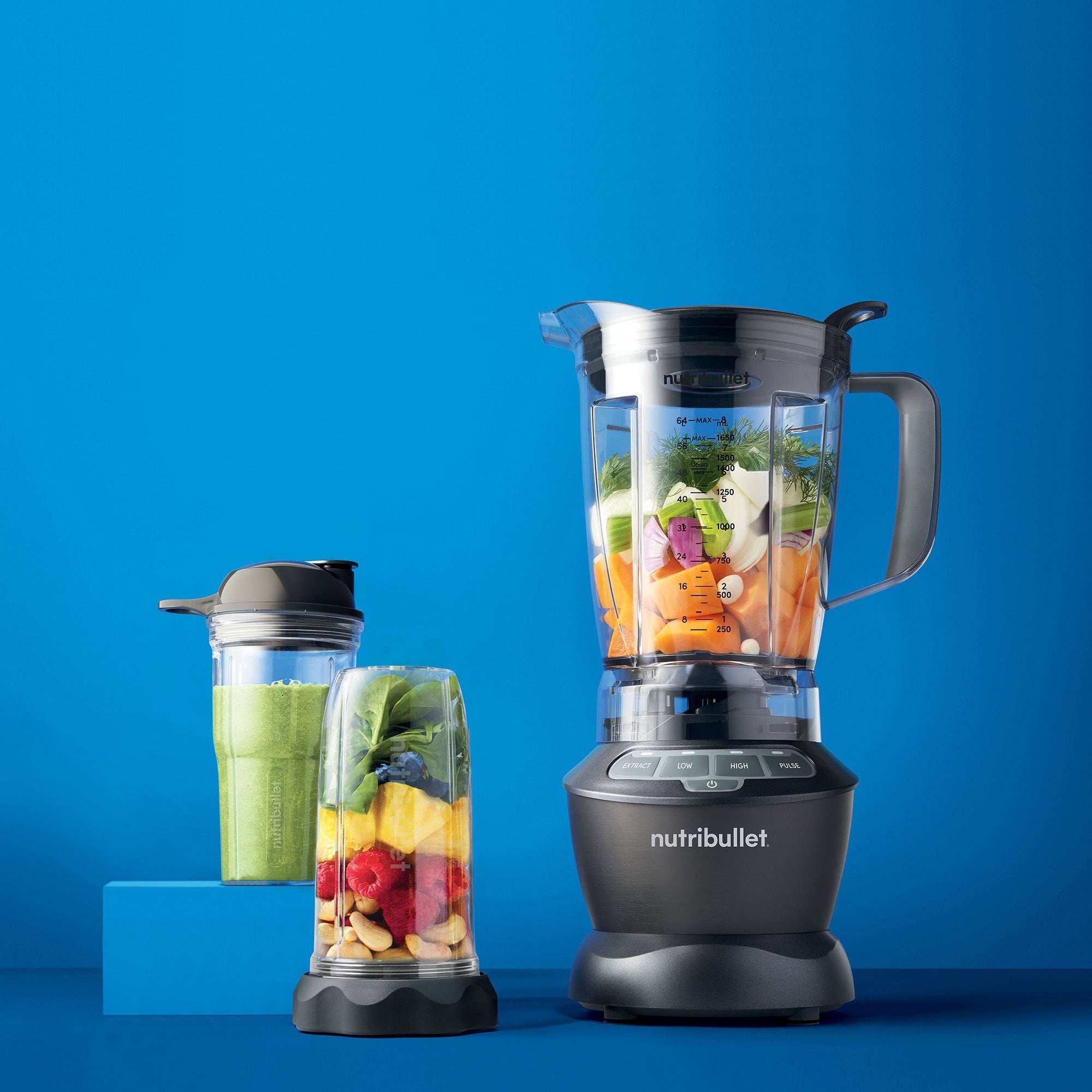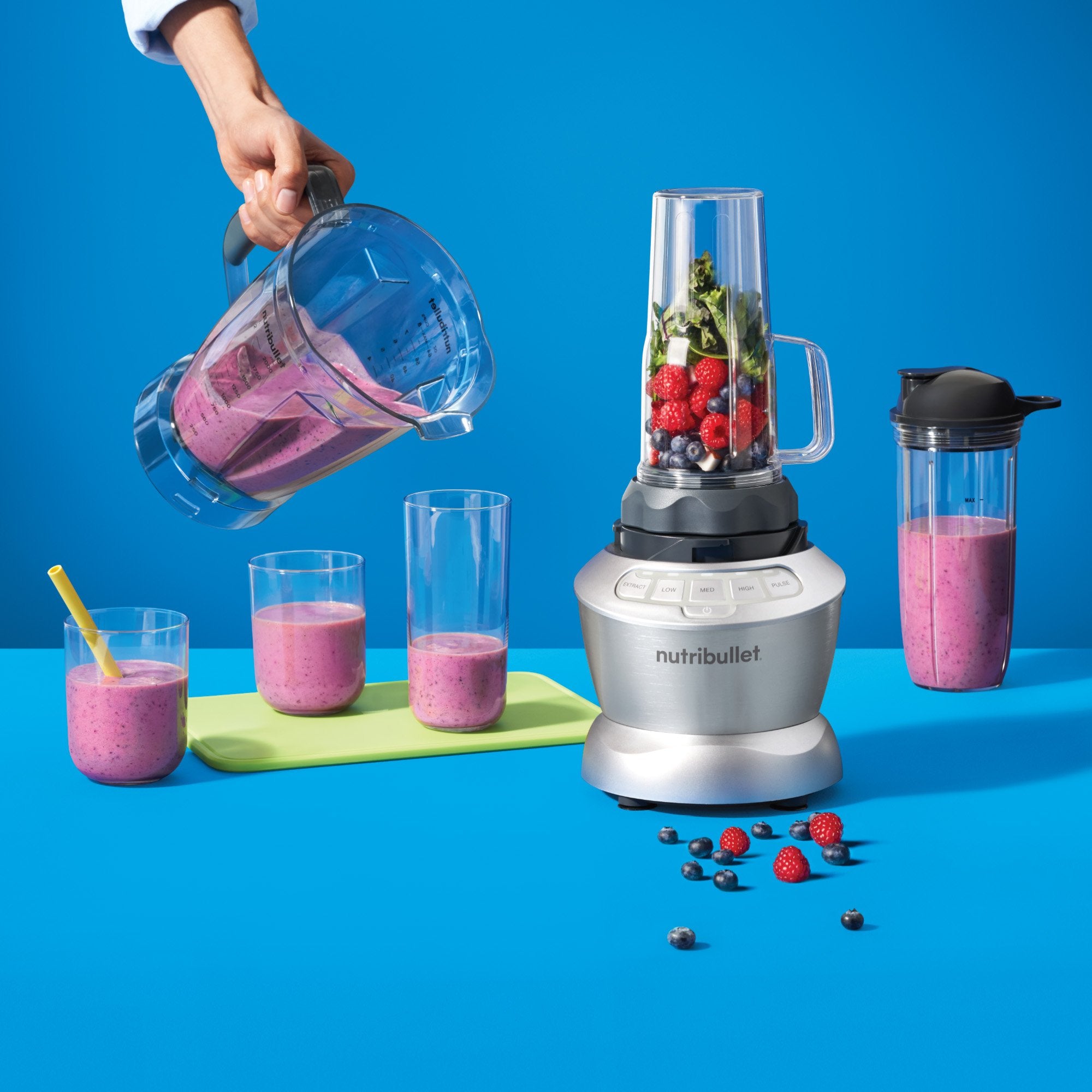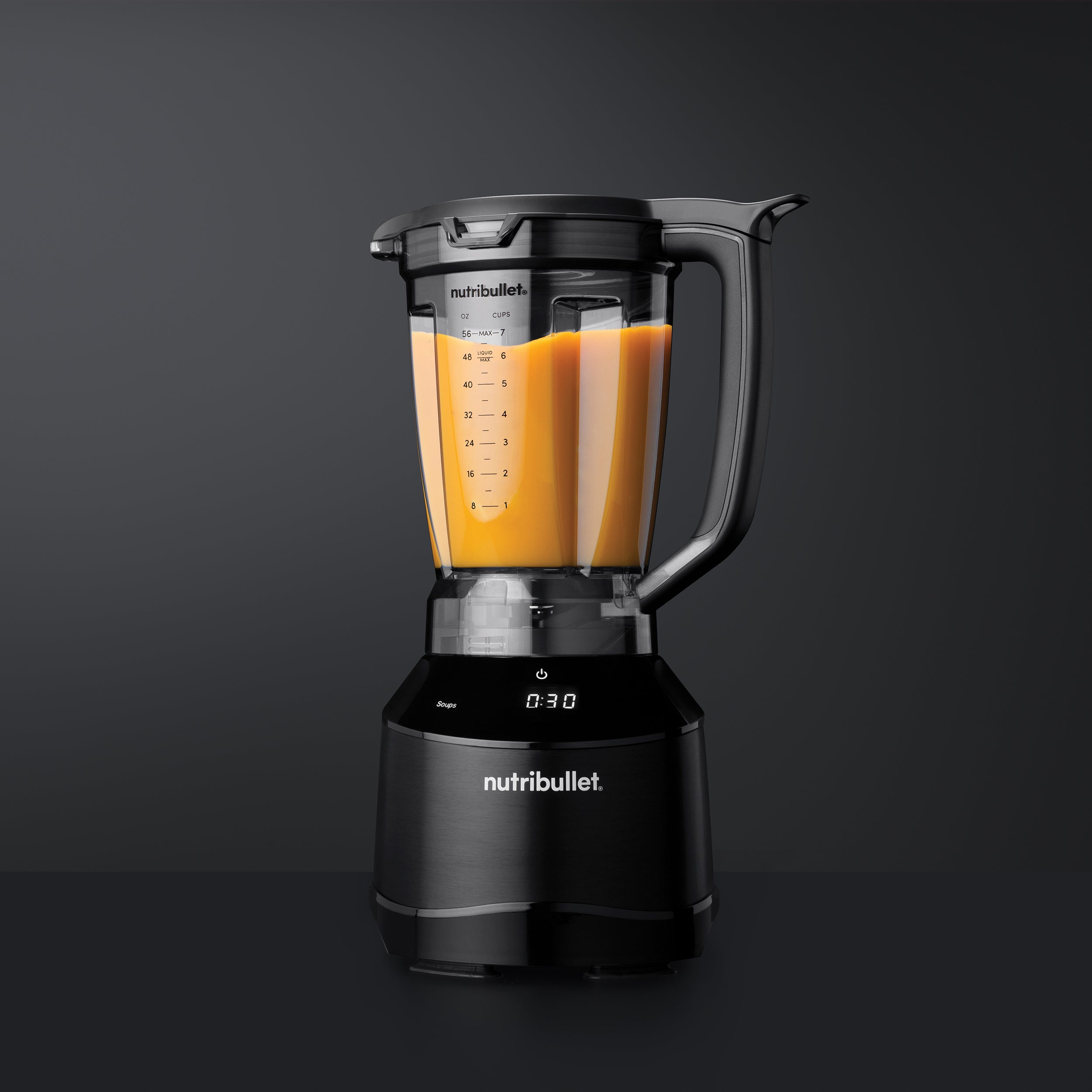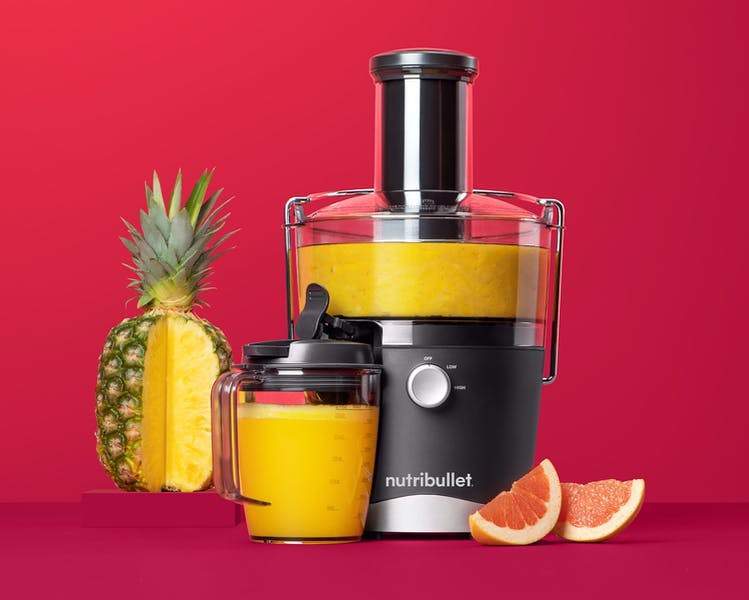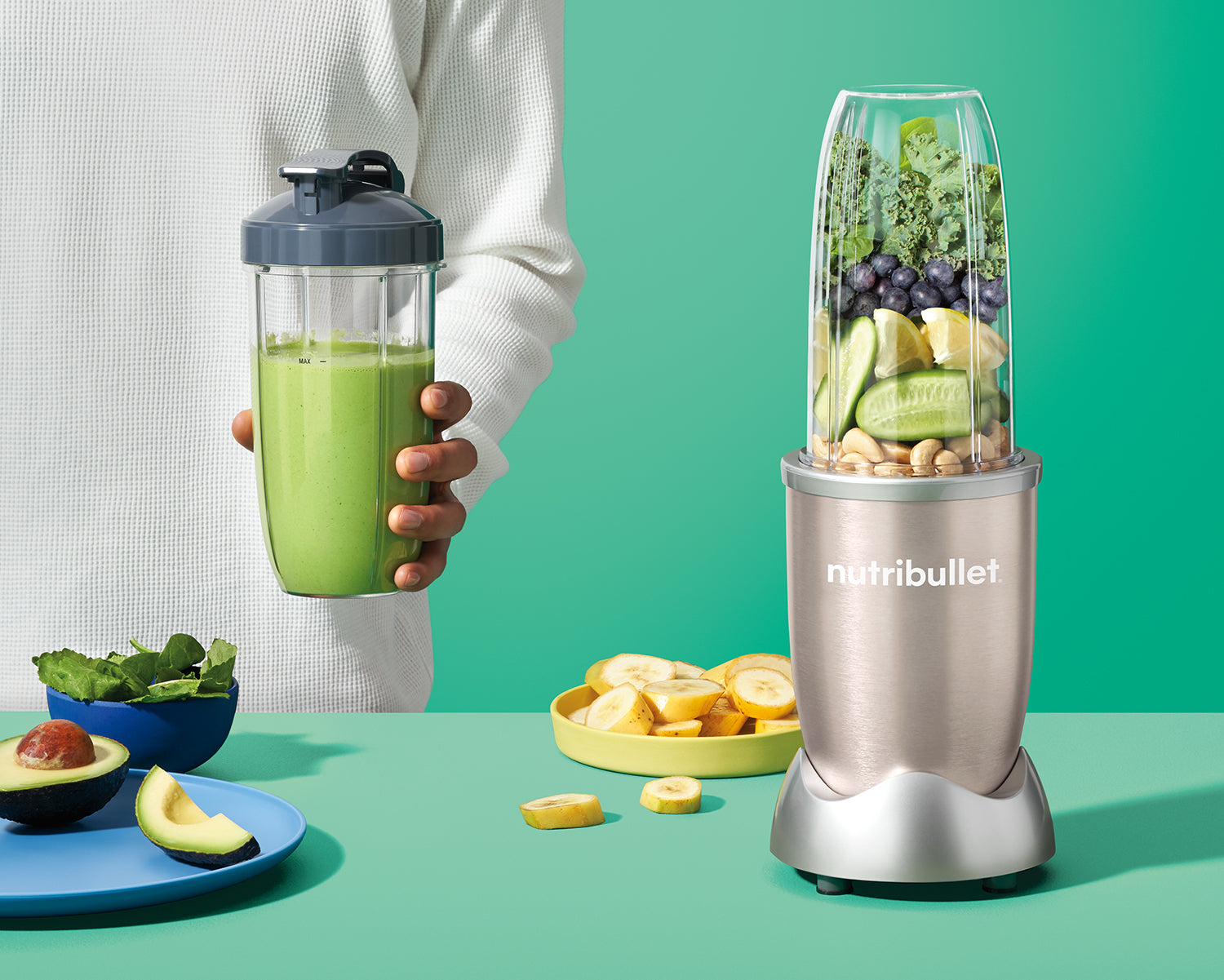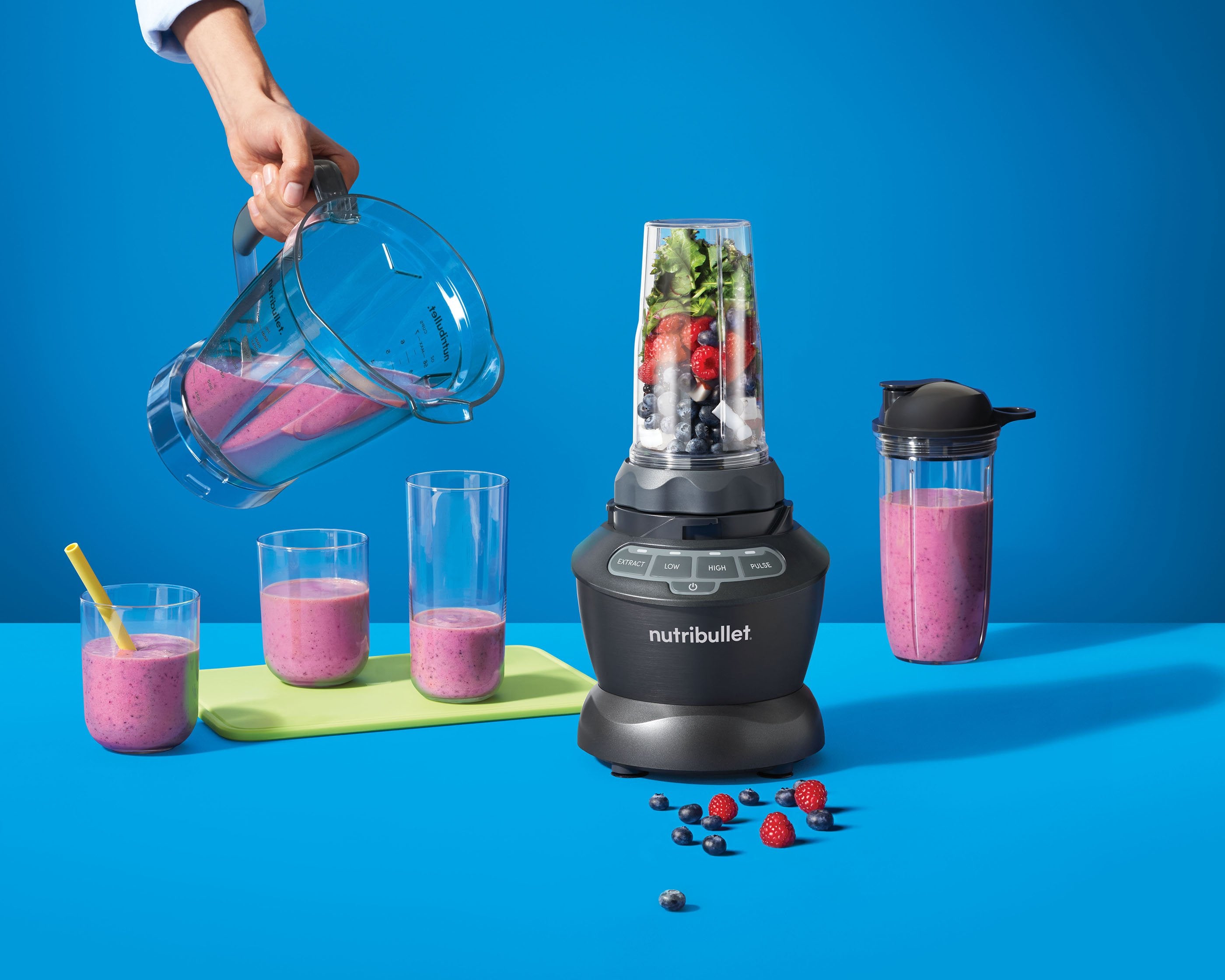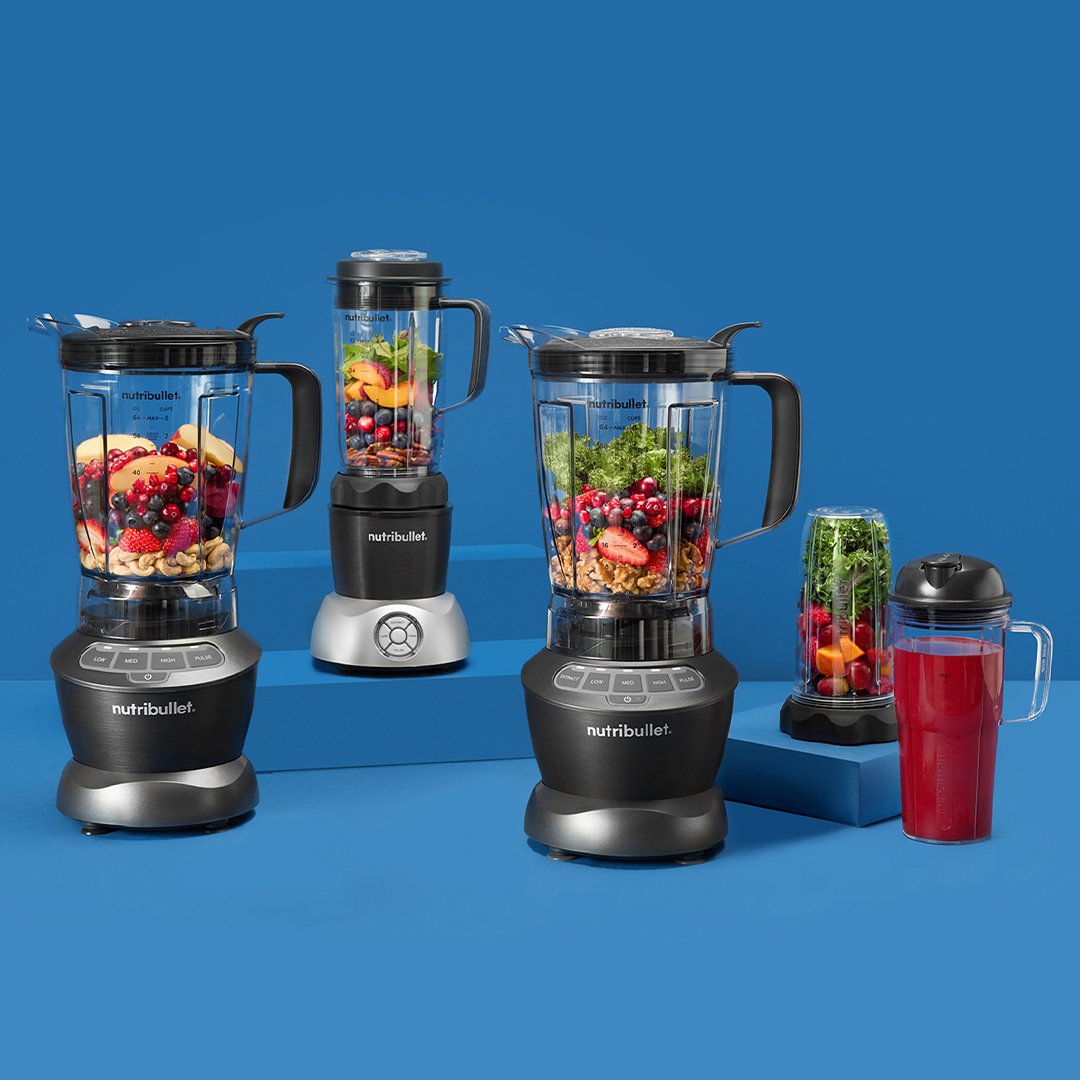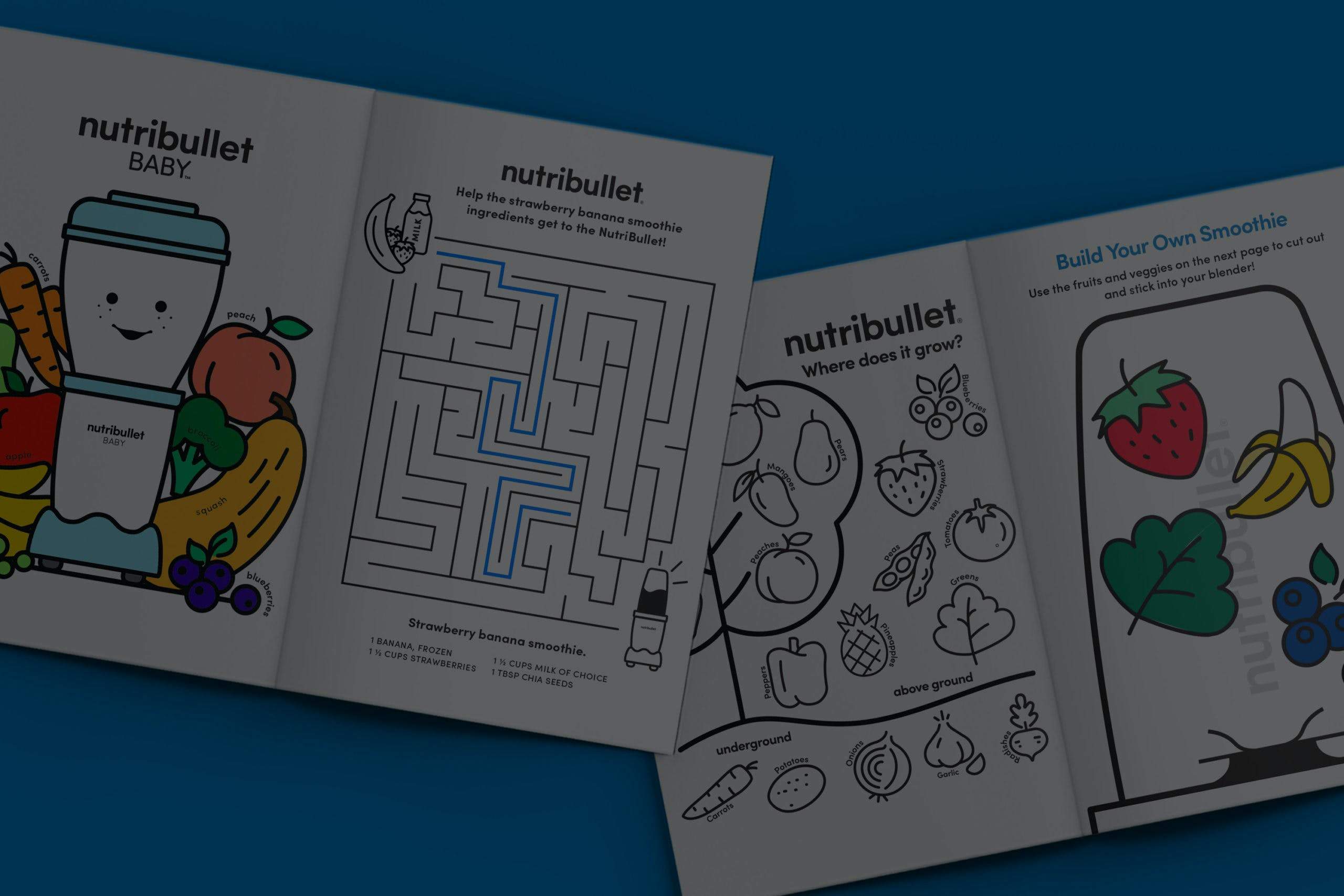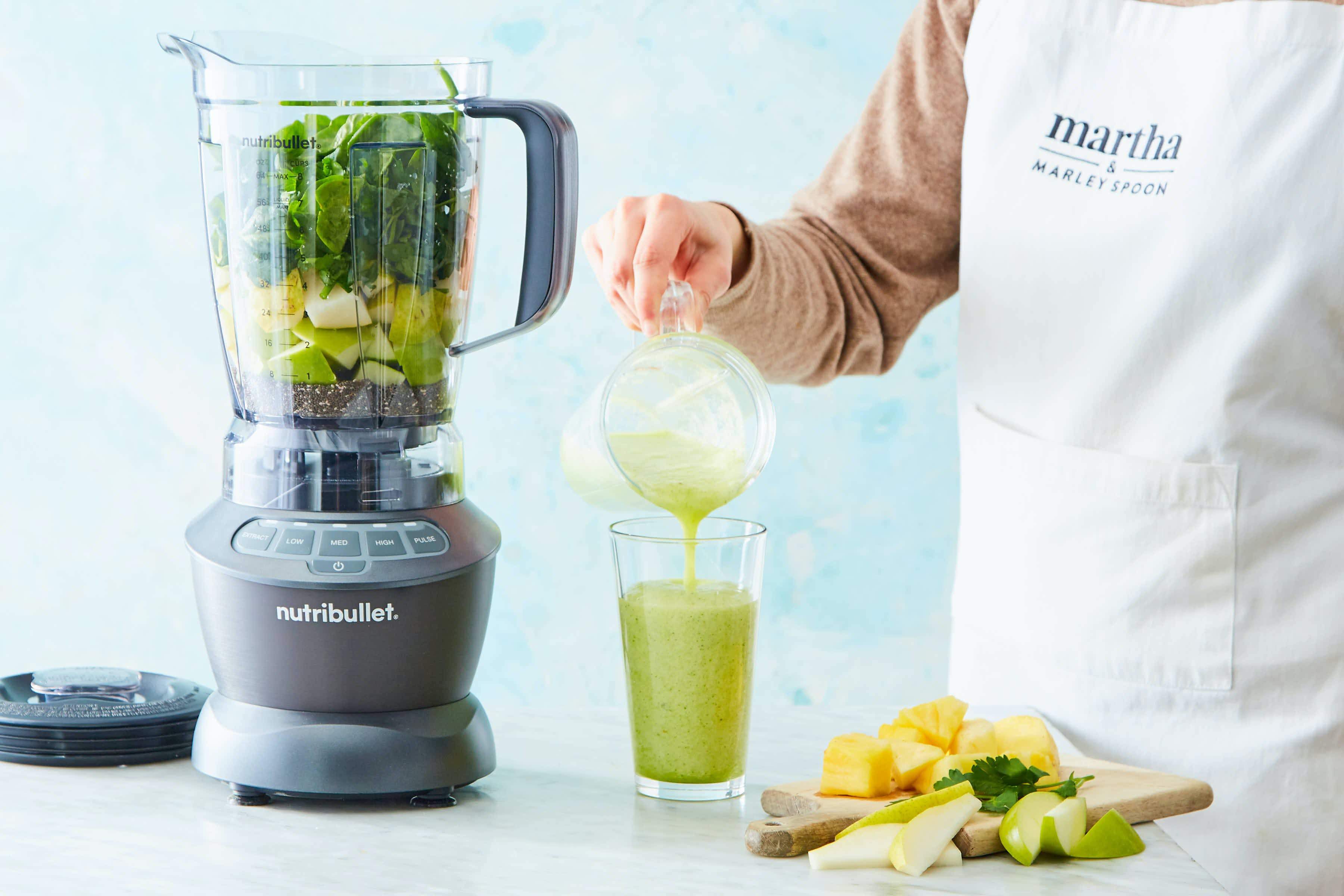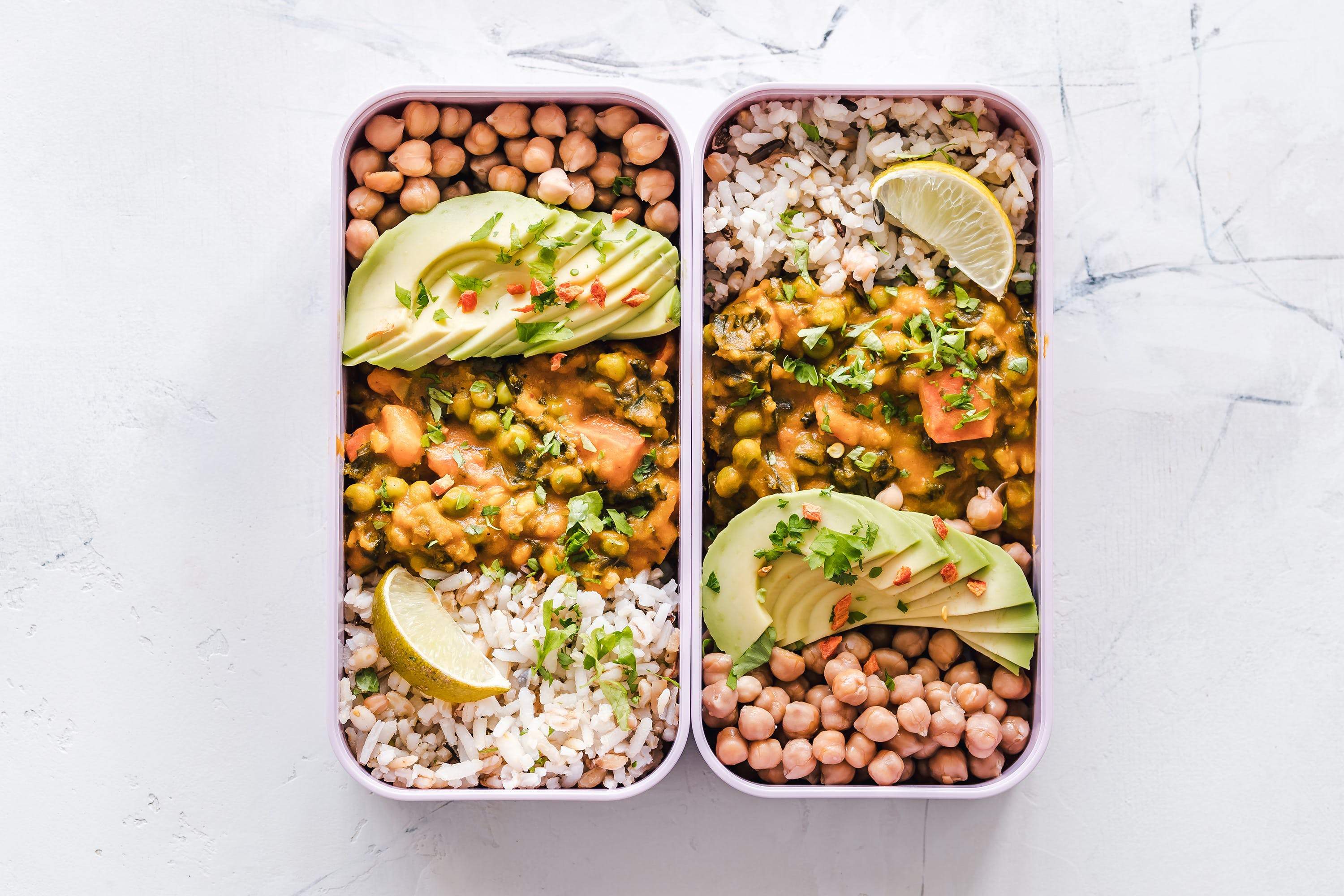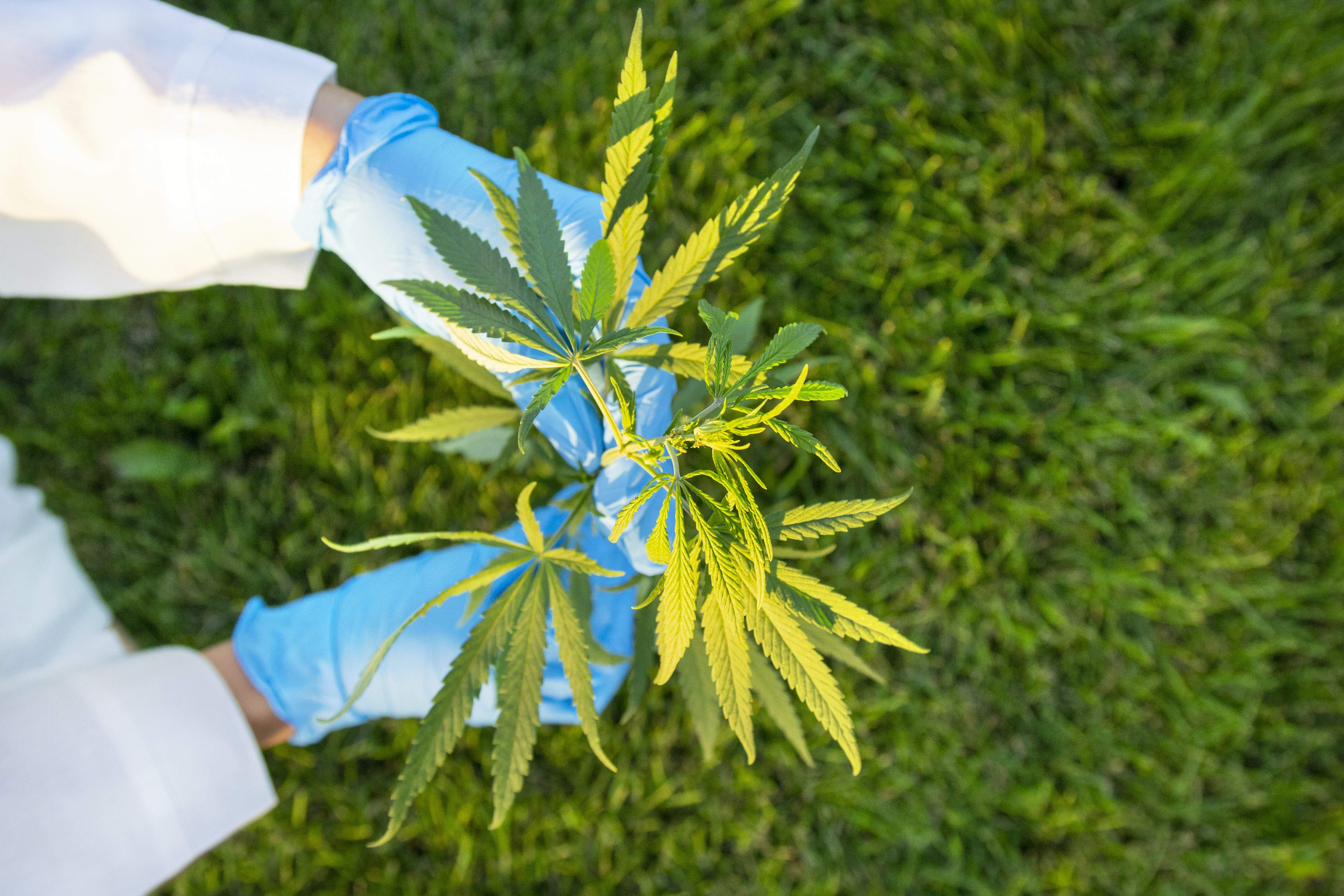We are all programmed to like sugar. New research shows some are genetically more prone to sugar and food addictions than others. I have observed this in my patients, but now it is becoming clear why some have more trouble kicking the sugar habit than others.
The science demonstrating that people can be biologically addicted to sugar in the same way we can be addicted to heroin, cocaine or nicotine is clear. Binging and addictive behaviors are eerily similar in alcoholics and sugar addicts. In fact, most recovering alcoholics often switch to another easily available drug: sugar.
It seems that we all vary a bit in our capacity for pleasure. Some us need a lot more stimulation to feel pleasure, driving us to a range of addictive behaviors that stimulate our reward center in the brain – drug and alcohol addictions, compulsive gambling, sex addiction and, of course, sugar, food addiction, and compulsive eating.
We often see these as moral failures or results of character defects. In fact, it may be that addicts of all stripes are simply unlucky and born with unfortunate genetic variations in their reward and pleasure mechanisms.
The Genetics of Pleasure
In our brains, a little receptor, called the dopamine receptor D2 (or DRD2 for short), must be activated or switched on for us to feel pleasure. The amino acid, dopamine, triggers this response. Sugar and other stimulating addictions increase dopamine in the short term.
The only problem is that it appears that those with sugar addictions, compulsive eating disorders, and obesity have DRD2 systems that need more stimulation to feel pleasure. Those who have sugar addiction, it seems, have fewer D2 dopamine receptors and need extra stimulation to make them “turn on.”
Functional MRI studies of teenagers, both lean and obese, found that the teenagers whose brains didn’t light up as much in the dopamine reward centers were more likely to be obese and gain weight later. They also were more likely to have the DRD2 gene that coded for fewer receptors.
Some studies have pointed to drugs or nutrients that can modulate this defective dopamine reward response. In one study, naltrexone, an opioid blocker (blocks the effects of heroin and morphine on the brain), was used in sugar addicts. When they took this drug, which prevented them from getting the temporary high from sugar, they craved less and ate less.
We also know that amphetamines are natural appetite suppressants that reduce cravings. That is why children who take stimulant ADHD drugs (which are actually just fancy amphetamines that stimulate dopamine receptors) have trouble gaining enough weight as they grow.
There are also some promising studies of nutraceuticals that can modulate dopamine receptor function and regulate appetite. Bruce Ames, PhD found that high levels of nutrients can reduce disease in people with 50 different gene variants. Nutrients may modulate the function of our genes, improve their functions, or affect the activity of enzymes that genes produce.
In fact, one third of our entire DNA has one simple job: to code for and produce enzymes controlled by nutrient co-factors. This means that nutrients have a powerful ability to modify the expression of your genes. This is the important field of nutrigenomics.
Overcoming Your Addiction to Sugar
Despite being stuck with the sugar addiction low pleasure gene, you may be able to modify its activity by modulating your brain chemistry and receptor function with the use of specific nutrients that either improve gene expression or modify the activity, the enzymes, or the receptors, even if they are somewhat impaired.
I have used some of these in my practice, such as glutamine and other amino acids, with success. Regulation of hormones and neurotransmitters that affect appetite and cravings is complex and involves many factors including how quickly food spikes our blood sugar, stress, getting enough sleep, nutritional deficiencies, chemicals such as artificial sweeteners, food sensitivities which drive inflammation, and more.
For those with personal struggles with food addiction, remember it is not a moral failing or lack of willpower. Here are a five suggestions I offer my patients to help them break their food addictions.
-
Balance your blood sugar. Studies show that low blood sugar levels are associated with LOWER overall blood flow to the brain, which means more BAD decisions. To keep your blood sugar stable:
- Eat a nutritious breakfast with some protein like eggs, protein shakes, or nut butters. Studies repeatedly show that eating a healthy breakfast helps people maintain or lose weight.
- Also, have smaller meals throughout the day. Eat every 3 to 4 hours and have some protein with each snack or meal (lean animal protein, nuts, seeds, beans).
- Avoid eating 3 hours before bedtime.
- Eliminate sugar and artificial sweeteners and your cravings will go away; go cold turkey. If you are addicted to narcotics or alcohol you can’t simply just cut down. You have to stop for your brain to reset. Eliminate refined sugars, sodas, fruit juices, and artificial sweeteners from your diet. These are all drugs that will fuel cravings.
- Determine if hidden food allergies are triggering your cravings. We often crave the very foods that we have a hidden allergy to.
- Get 7 to 8 hours of sleep. Research shows that lack of sleep increases cravings.
- Optimize your nutrient status with craving cutting supplements, like vitamin D, omega 3s, and natural amino acid supplements that can help reduce cravings. Talk to your doctor about which supplements may be right for you.
Nutritional information
Recipe: Creamy Green Strawberry Dream Serving in this recipe:1
- Calories: 236.6
- Total Fat: 3.6 g 5.5%
- Saturated Fat: 0.4 g 1.9%
- Cholesterol: 0 mg 0%
- Sodium: 358.7 mg 14.9%
- Total Carbs: 45.7 g 15.2%
- Dietary Fiber: 9.9 g 39.4%
- Sugar: 22.1 g
- Protein: 8.1 g 16.2%
- Vitamin A: 481.9% Vitamin C: 244.1%
- Calcium: 68.5% Iron: 26.1%
* Percent Daily Values are based on a 2,000 calorie diet. Your daily values may be higher or lower depending on your calorie needs.

